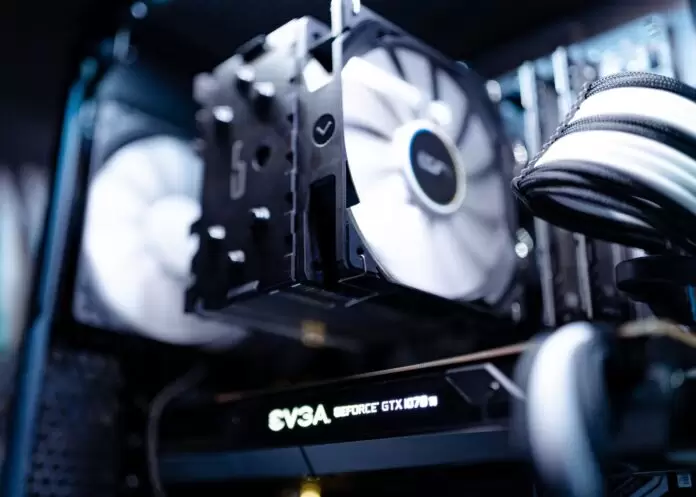Researching deep learning without access to a GPU is certainly possible, although it might be a bit slower compared to using GPU acceleration. Here’s a guide on how to conduct deep learning research without GPU access from iLovePhD.
Learn how to excel in deep learning research even without GPU access. Discover practical strategies, tools, and techniques to optimize your CPU-based experiments and make meaningful contributions to the field.
12 Ideas to do Deep Learning Research without GPU
- Choose the Right Model: Select models that are computationally less intensive. For instance, smaller convolutional neural networks (CNNs) or recurrent neural networks (RNNs) can be trained on CPUs.
- Optimize Your Code: Write efficient code. Use libraries like TensorFlow or PyTorch, which have CPU support and can utilize multiple cores effectively.
- Use Cloud Services: Take advantage of cloud platforms that offer GPU access, such as Google Colab, Kaggle Kernels, or AWS. Many of them provide free GPU usage for a limited time.
- Transfer Learning: Utilize pre-trained models and fine-tune them for your specific task. This reduces the need for extensive training from scratch.
- Batch Processing: Train your models with smaller batch sizes to fit in memory. This may increase training time but will allow you to work with limited resources.
- Data Augmentation: Augment your dataset with various transformations to artificially increase its size. This can help improve model performance without requiring more GPU power.
- Experiment Thoughtfully: Plan your experiments carefully. Start with a simple architecture and gradually increase complexity. Focus on understanding the fundamentals before tackling more complex models.
- Parallelism: If you have access to a multi-core CPU, you can parallelize some tasks, like data preprocessing or hyperparameter tuning.
- Collaborate: Consider collaborating with researchers who have GPU access. Many universities and research institutions have GPU clusters that you might be able to use.
- Patience: Training deep learning models on a CPU can be slow, so be patient and plan accordingly. It might take longer to iterate through different experiments.
- Monitor Resources: Keep an eye on your CPU and memory usage during training. Optimize your code to make the most of available resources.
- Stay Informed: Keep up with the latest research in the field. You might find new techniques or models that are more efficient for CPU-based training.
Remember that while GPU acceleration can significantly speed up deep learning training, it’s not impossible to conduct research without it. With careful planning and optimization, you can still make meaningful contributions to the field.
50 Deep Learning Research Ideas
Indexed Journal – Your Journal Search Ends Here
Check Journals List -> Indexed Journal
Search Scopus Journals-> Scopus Finder


